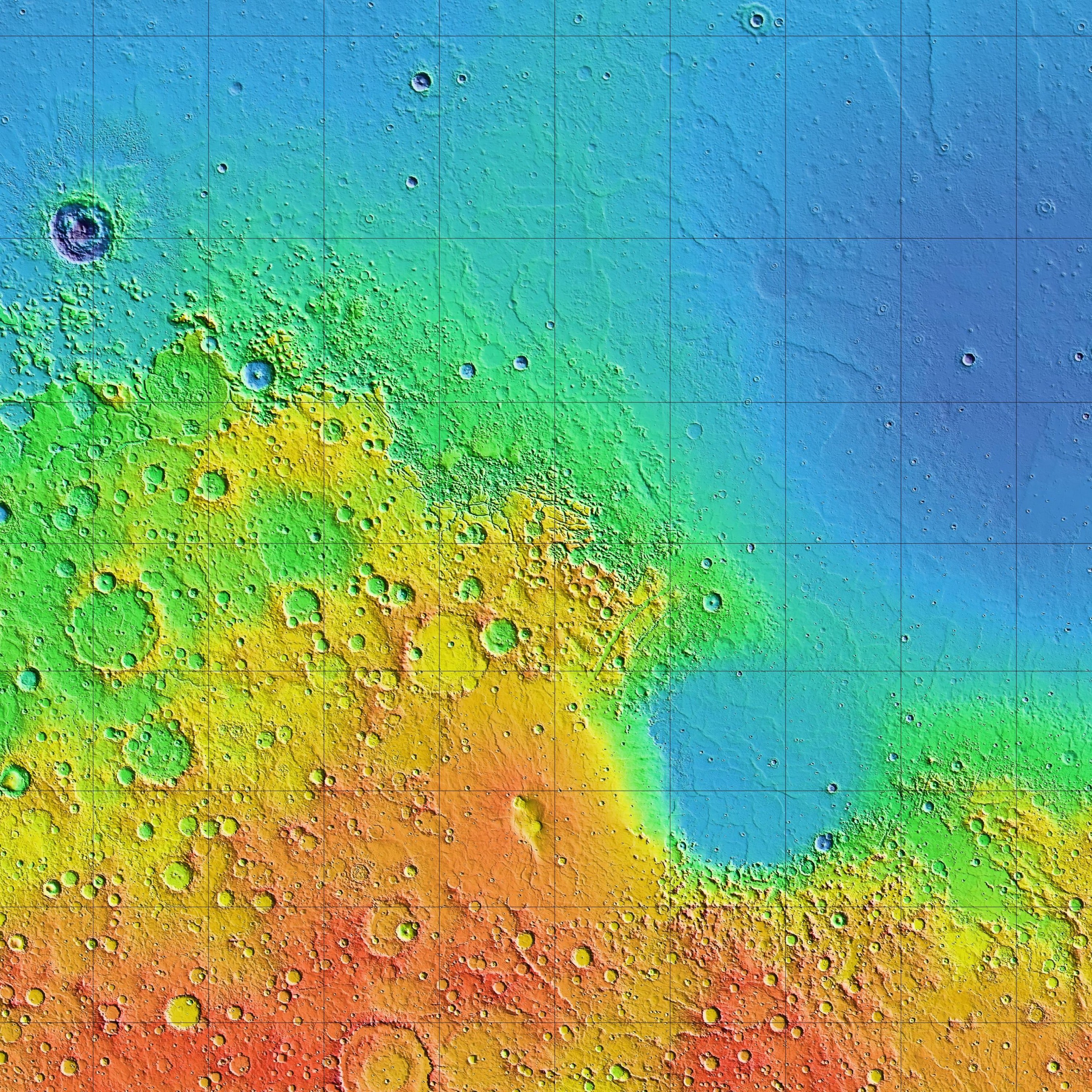- Culture
- SEE MORE
- classical
- general
- talk
- News
- Family
- Bürgerfunk
- pop
- Islam
- soul
- jazz
- Comedy
- humor
- wissenschaft
- opera
- baroque
- gesellschaft
- theater
- Local
- alternative
- electro
- rock
- rap
- lifestyle
- Music
- como
- RNE
- ballads
- greek
- Buddhism
- deportes
- christian
- Technology
- piano
- djs
- Dance
- dutch
- flamenco
- social
- hope
- christian rock
- academia
- afrique
- Business
- musique
- ελληνική-μουσική
- religion
- World radio
- Zarzuela
- travel
- World
- NFL
- media
- Art
- public
- Sports
- Gospel
- st.
- baptist
- Leisure
- Kids & Family
- musical
- club
- Health & Fitness
- True Crime
- Fiction
- children
- Society & Culture
- TV & Film
- gold
- kunst
- música
- gay
- Natural
- a
- francais
- bach
- economics
- kultur
- evangelical
- tech
- Opinion
- Government
- gaming
- College
- technik
- History
- Jesus
- Health
- movies
- radio
- services
- Church
- podcast
- Education
- international
- Transportation
- Other
- kids
- podcasts
- philadelphia
- Noticias
- love
- sport
- Salud
- film
- and
- 4chan
- Disco
- Stories
- fashion
- Arts
- interviews
- hardstyle
- entertainment
- humour
- medieval
- literature
- alma
- Cultura
- video
- TV
- Science
- en
#TPKT (The Places Knotted Together) --- SynTalk

How far are you? \u2018What\u2019 is a place? Are they a moment of \u2018realized\u2019 relationships? Are (say) air pollution, hospitals, hydraulic systems, temperature, diseases, real estate prices, and species distributed similarly spatially? Does it take a lot of work to make a place? What does it mean for places to be similar? Have we always been placed the same way? Why aren\u2019t there tigers in Sri Lanka? Are habitats and species always strongly correlated? Might India be closer to Madagascar than Africa in some respects? Can geological history be inferred from phylogeny? Can noise have a spatial structure? Is all data spatiotemporal, & does proximity (often) strongly imply relatedness? Are real estate prices continuous? Are context and history key to understanding spatiality? Are interactions and relations primary, & location or identity secondary? Do cities emerge to manage (or control?) exchanges at scale? When are places hybrids? Why do Gaussian processes work for multidimensional interpolation? Can we understand spatial dependences better? Would there be fewer places in the future? Would places remain tied to the notion of permanence, and the \u2018pretence\u2019 continue? SynTalk thinks about these & more questions using concepts from anthropology (Dr. Nikhil Anand, University of Pennsylvania, Philadelphia), statistics (Prof. Sudipto Banerjee, UCLA, Los Angeles), & biogeography (Dr. K. Praveen Karanth, IISc, Bangalore). Listen in...